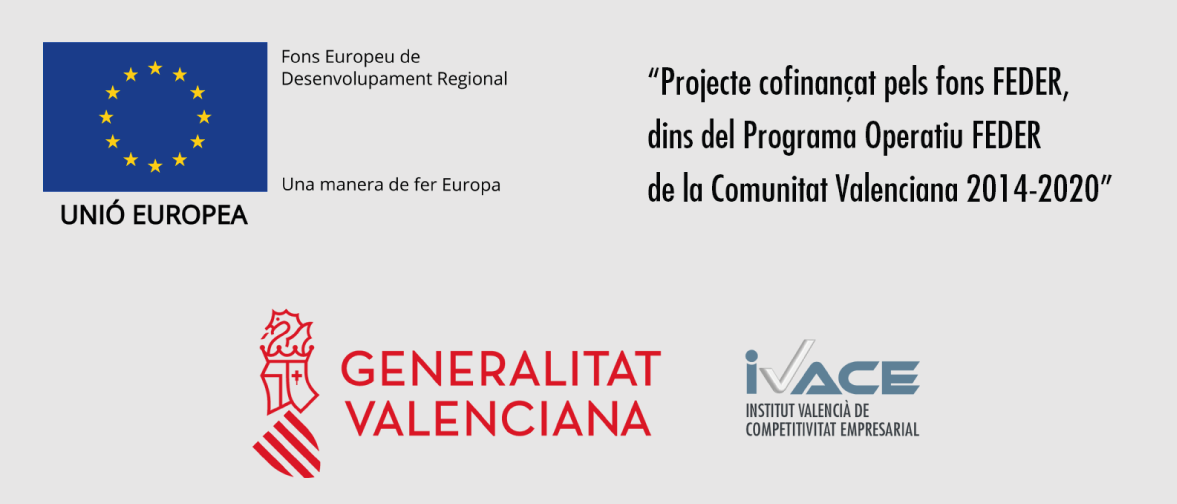2.1.1 - Preparing your experiment
When you have already downloaded the tutorial material, open RNASeq and set a directory folder to where you want the aforementioned material on your PC (e.g., your desktop). The space left of the directory browser is the FTP browser for RNAseq. This connects
to the directory folder on your PC with your user account on the local host site of the server side. Right click in the FTP browser and create a folder named Tophat_cufflinks. Next, enter this folder and create the following subfolders:
00_raw_data: folder to deposit the fastq files (BI1-BI5 and BC1-BC4) of both groups. If the fastq files are compressed, you must unzip them.
01_quality_analysis: folder to deposit the results of the preprocessing analysis .
02_preprocessed_reads: folder to deposit the results of the preprocessing analysis.
03_refseq: folder to deposit for the fSpaAur1.1 reference genome and its GTF.
04_ mapping: folder to deposit for the results from mapping step.
05_transcriptome assembly: folder to deposit the results from the transcriptome assembly and quantification.
06_differential_expression: folder to deposit the results of the differential expression analysis.
07_ go_enrichment_analysis: folder to deposit for the GO enrichment results from GOseq analysis.
Next, use the FTP browser to move the 9 fastq files from your PC directory browser to the folder 00_raw_data in your local host account on the server side. Then, use the FTP browser to move the fSpaAur1.1 reference genome, the GTF to folder 03_refseq, and the data sets needed for GO enrichment to folder 07_ go_enrichment_analysis. The whole process is shown in Video 1.
Video 1. Setting directory folder and organizing the user account before starting

